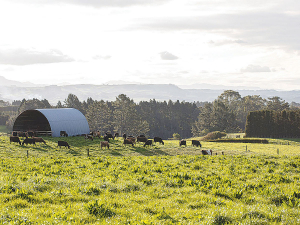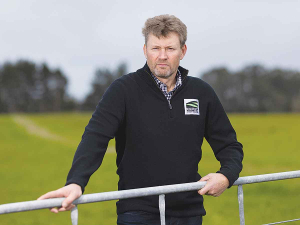DairyNZ wants the National Animal Welfare Advisory Committee (NAWAC) to go back to the drawing board on many areas in its proposed Code of Welfare.
It then wants NAWAC to go back out to the industry including farmers for another round of consultation. It supports the code update for clarity, to incorporate recent animal welfare science and lift the bar in areas of the code where common practice surpasses previous standards.
But it does not support changes to the code that increase complexity and inhibit its value as a useful tool, the industry body says in its submission to the code.
DairyNZ wants NAWAC to review all of the proposed changes to minimum standards, example indicators and recommended best practice to align with the criteria in its own guidelines and those of MPI.
It says the volume of change is difficult to review and analyse to provide valuable feedback on, particularly as the discussion document only covers a small proportion of the changes.
"We are concerned that this consultation will not be able to provide for adequate feedback from affected parties (such as farmers) due to the complicated nature of what is being proposed," it submits. "DairyNZ has made considerable effort to collect farmer feedback through multiple methods to support our submission, including a farmer survey, farmer group meetings throughout the country and a simple submission template for farmers.
"However, due the volume of changes, we were only able to focus these efforts on a smaller set of priority issues.
"NAWAC seems to have lost sight of the overall purpose of the code which is to provide detail on the minimum standards that need to be met and to promote recommended best practice. It does not need to be a complete 'how to' manual.
"Industry stakeholders are constantly working on voluntary improvements to animal welfare, for example, the latest intensive winter grazing inspections from previous years. DairyNZ suggest a further round of consultation should be carried out to ensure that all impacted parties have the opportunity to understand the implications of these changes."
DairyNZ says it has concerns regarding cross over and duplication and at times inconsistency of how the code has been written. A few examples where the way the code is drafted does not support farmer understanding are:
- Body Condition Score minimum standard 6 (b) does not align with Body Condition Score example indicator under pretransport selection.
- Duplication across sections: Calf feeding detail sits as an example indicator under the feed minimum standard. Heifers being familiarised with milking facilities is mentioned under animal handling and milking (where it is mentioned twice).
- Duplication within sections: Many of the example indicator are rewording of what is written in the minimum standard.


















